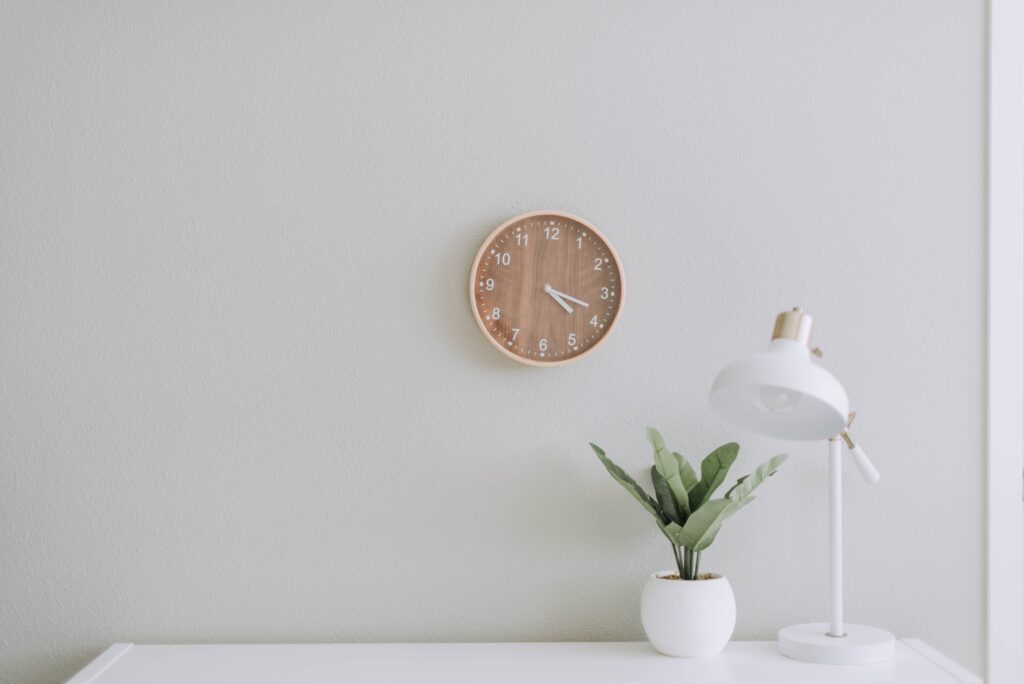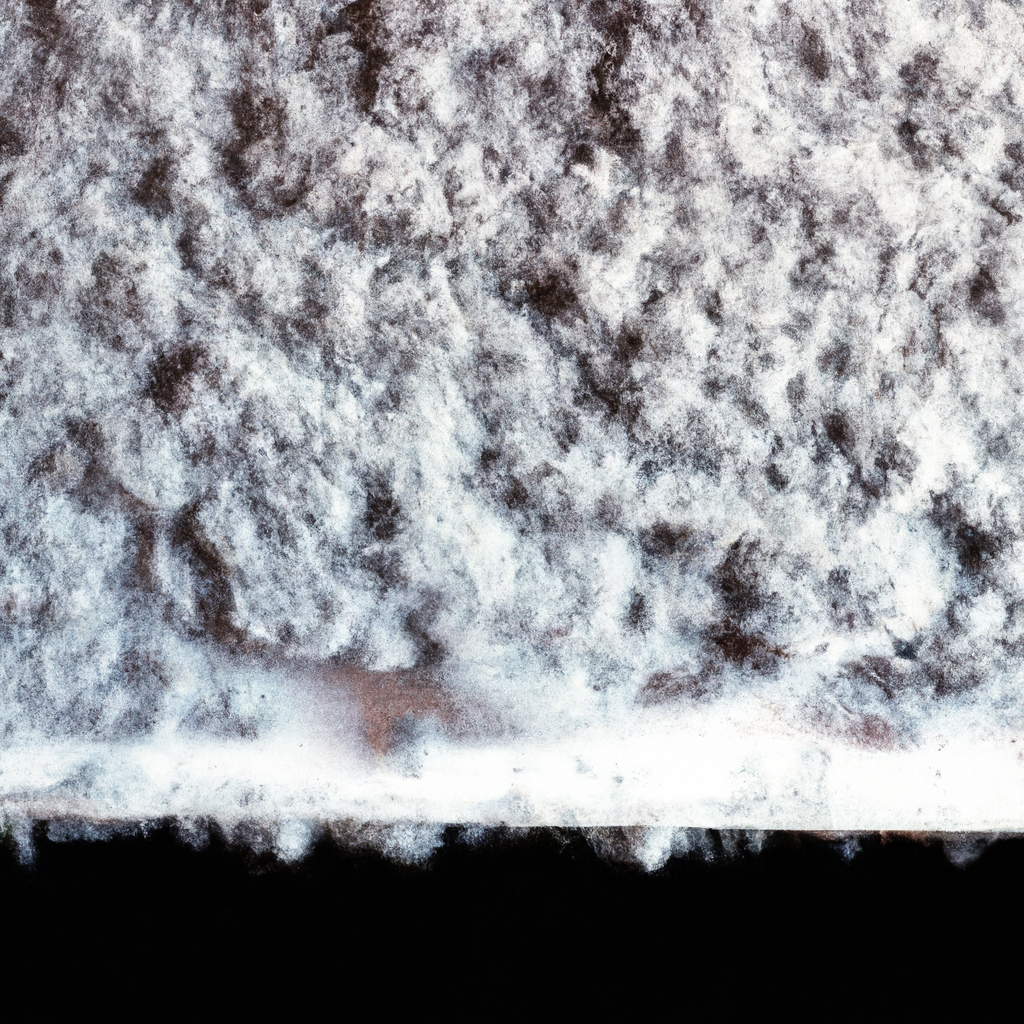In the process of purchasing a new home, it is essential to consider all aspects of the property to ensure a sound investment. However, one question that often arises is, “Does home inspection include mold?” Mold can be a serious issue, leading to health hazards and costly remediation. This article will shed light on the importance of mold inspection during a home inspection, highlighting why it is crucial to address this potential concern when evaluating a property.
Understanding Home Inspections
Definition of Home Inspection
A home inspection is a comprehensive examination of a residential property, usually conducted by a qualified professional known as a home inspector. During this process, the home inspector evaluates the condition of various components of the house, such as the roof, electrical systems, plumbing, HVAC, and structural elements. The purpose of a home inspection is to provide potential buyers or homeowners with a detailed understanding of the home’s current condition and any potential issues that may require attention.
Purpose of Home Inspections
The primary purpose of a home inspection is to ensure that the property is safe, structurally sound, and in good overall condition. It helps buyers make informed decisions about purchasing a home by identifying any potential problems or necessary repairs. Home inspections also provide sellers with an understanding of the home’s condition before listing it on the market, allowing them to address any issues and potentially increase its value. Additionally, home inspections can help homeowners prioritize maintenance tasks and plan for future repairs or renovations.
Common Elements Checked in Home Inspections
Home inspections typically cover a wide range of elements within a property. Some of the most common components that are checked during a home inspection include:
- Structural elements: The home inspector examines the foundation, walls, roof, and other structural components to ensure their integrity.
- Electrical systems: This includes inspecting the electrical panel, wiring, outlets, switches, and checking for any potential safety hazards.
- Plumbing systems: The home inspector evaluates the plumbing system, including pipes, fixtures, water heaters, and drainage systems, for any leaks or potential issues.
- HVAC systems: The inspection may include evaluating the heating, ventilation, and air conditioning systems to ensure they are functioning correctly.
- Roofing: The inspector examines the roof for any signs of damage, leaks, or aging that may require repairs or replacement.
- Exterior elements: This includes inspecting the exterior walls, windows, doors, gutters, and any other visible components for damage or necessary maintenance.
- Interior elements: The inspector assesses the condition of the interior spaces, including walls, ceilings, floors, stairs, and appliances.
- Insulation and ventilation: The home inspector examines the insulation and ventilation systems to ensure they meet appropriate standards.
- Environmental concerns: The inspector may also evaluate potential environmental hazards, such as radon, lead-based paint, asbestos, or mold.
The Role of a Home Inspector
Home Inspector Responsibilities
Home inspectors play a crucial role in the real estate industry by providing a thorough assessment of a property’s condition. Their responsibilities include conducting a comprehensive inspection, documenting their findings in a detailed report, and explaining any significant issues to the client. Home inspectors must possess excellent observation skills, technical knowledge, and attention to detail to identify potential problems that may not be immediately apparent to the untrained eye. They are typically independent professionals who work as unbiased third parties to provide objective evaluations of the property.
Home Inspector Training and Qualifications
To become a home inspector, individuals typically need to complete specialized training and gain relevant experience in the field. Many states and professional organizations require home inspectors to obtain certification or licensure to ensure they meet certain standards of expertise and professionalism. Training programs for aspiring home inspectors often include classroom instruction, practical hands-on training, and examinations to assess their knowledge. Additionally, ongoing education is essential to keep up with industry advancements and changes in regulations.
Constraints and Limitations of Home Inspectors
While home inspectors strive to provide a comprehensive assessment of a property’s condition, it’s important to understand their limitations. Home inspections are visual examinations, which means the inspector can only evaluate what is readily accessible and visible. They cannot perform destructive testing or open up walls or ceilings to inspect hidden components. As a result, some issues may go unnoticed during a home inspection. It’s also important to note that home inspectors are not experts in every trade or specialty. They may recommend further evaluation by a specialist if they encounter issues that require specific expertise.

Specifics of Mold Inspection
What is Mold
Mold is a type of fungus that can grow in damp and humid environments, both indoors and outdoors. It spreads by releasing tiny spores into the air, and when these spores land on a suitable surface with moisture, they can lead to mold growth. Mold can appear as black, green, or brown patches, often accompanied by a musty odor. It commonly grows on surfaces like walls, ceilings, floors, and around windows and pipes.
The Risks of Mold in Homes
Mold growth in homes can pose various risks to both the occupants and the property itself. Exposure to mold can lead to various health issues, especially for individuals with respiratory conditions like asthma or allergies. Symptoms may include coughing, sneezing, wheezing, itchy eyes, and skin irritation. Additionally, some molds produce mycotoxins which can cause more severe health complications. Furthermore, mold can damage the structural integrity of a building by weakening materials and causing decay if left unchecked.
Methods of Identifying Mold in Homes
Mold inspection involves identifying the presence of mold and determining its extent. Professional home inspectors may use various methods to detect mold during an inspection. These methods typically include a combination of visual examination, moisture meters, thermal imaging, and air sampling. Visual inspection allows inspectors to identify visible signs of mold growth. Moisture meters and thermal imaging can help detect hidden moisture sources that may indicate potential mold issues. Air sampling involves collecting air samples to measure the concentration of mold spores in the indoor environment.
Are Mold Inspections Included in General Home Inspections?
Practice of Home Inspectors concerning Mold
The inclusion of mold inspections in general home inspections can vary among home inspectors and geographic locations. Some home inspectors may include a basic visual assessment for mold as part of their standard inspection process, while others may offer mold inspections as an additional service or refer clients to specialized mold inspectors. It’s crucial to clarify with the home inspector beforehand what their inspection covers and whether it includes mold.
Regulations for Including Mold in Home Inspections
The regulations regarding mold inspections as part of a home inspection can vary from state to state, as well as between countries. Some states or jurisdictions have specific requirements or guidelines for home inspectors regarding mold inspections. However, in many cases, there are no formal regulations mandating the inclusion of mold inspections in general home inspections. It’s important to research and understand the local regulations and standards in your area.
The Variability of Inspection Inclusions
Due to the lack of strict regulations, the inclusion of mold inspections can vary significantly among home inspectors. Some inspectors may have extensive training and experience in identifying mold issues and may offer comprehensive mold inspections as part of their services. Others may have limited expertise in mold detection and may not include mold inspections in their standard offerings. It’s essential to discuss your concerns and expectations regarding mold with the home inspector to ensure you receive the appropriate inspection for your needs.

Reasons Mold Inspections May Not Be Included
Limitations in Inspector Expertise
One of the primary reasons mold inspections may not be included in general home inspections is the limited expertise of home inspectors in mold detection. While they undergo training in various aspects of home inspection, mold detection often requires specialized knowledge and experience. Some inspectors may not have the necessary qualifications or tools to conduct thorough mold inspections. In such cases, they may advise hiring a specialized mold inspector for a more comprehensive assessment.
Time Constraints
Another factor that can influence the exclusion of mold inspections is time constraints. Home inspections are already extensive processes that involve evaluating numerous components of a property. Conducting a mold inspection on top of that may require additional time and resources. Home inspectors may be reluctant to include mold inspections as part of their standard service due to concerns about the length of the inspection and potential delays it may cause for other clients.
Cost Considerations
Mold inspections often require additional equipment and expertise compared to general home inspections. As a result, including mold inspections as part of the standard service can lead to increased costs for both the home inspector and the client. Home inspectors may charge extra fees for mold inspections to cover the additional time, resources, and potential liability associated with mold-related issues. Clients should weigh the potential health and financial risks of mold against the added cost of including mold inspections.
The Benefits of Including Mold Inspections
Health Considerations
One of the primary benefits of including mold inspections as part of a home inspection is the potential health benefits. Mold growth can lead to respiratory issues and other health problems, especially for individuals with existing conditions. Early detection and remediation of mold can help create a healthier living environment for the occupants and minimize potential health risks. By including mold inspections, you can gain peace of mind knowing that your potential new home is free from potentially harmful mold growth.
Lightreading on Future Home Repairs
Mold inspections can also provide valuable insights into the overall condition of a property, shedding light on potential maintenance and repair needs. Mold growth is often a sign of underlying moisture issues or water damage, which may require immediate attention. By detecting and addressing these issues early on, you can potentially save thousands of dollars on future repairs and prevent further deterioration of the property. Mold inspections offer an opportunity to identify and resolve these issues before they become more significant and more costly to fix.
Impact on House Value and Sales
The presence of mold can significantly affect the value of a property and its saleability. Buyers may be hesitant to purchase a home with a history of mold issues or visible signs of mold growth. By including mold inspections as part of a home inspection or requesting a separate mold inspection, you can demonstrate to potential buyers that you are proactive in ensuring the home’s condition and addressing any mold-related concerns. This transparency can instill confidence in buyers and potentially lead to smoother transactions and better offers.

The Process of a Mold Inspection
Initial Visual Inspection
The mold inspection process typically begins with a visual examination of the property. The inspector will carefully inspect areas both inside and outside the home for visible signs of mold growth, such as discoloration, stains, or musty odors. The inspector will pay close attention to areas prone to moisture, such as bathrooms, kitchens, basements, and areas near plumbing fixtures. This initial visual inspection helps identify areas of concern that may require further investigation or sampling.
Sampling Methods
If the inspector identifies areas of potential mold growth during the visual inspection, they may use various sampling methods to gather more information. The most common sampling methods include bulk sampling, surface sampling, and air sampling. Bulk sampling involves collecting physical samples of materials suspected to contain mold, such as a piece of drywall or carpet, for laboratory analysis. Surface sampling collects swab or tape samples of visible mold growth for analysis. Air sampling measures the concentration of mold spores in the indoor air using specialized equipment.
Lab Analysis
After collecting samples, the inspector will send them to a certified laboratory for analysis. The laboratory will examine the samples under a microscope to identify the types of mold present and determine their concentration. The analysis may also include determining if the mold is actively growing or dormant. The lab results provide valuable information about the severity of the mold issue, potential health risks, and recommended steps for remediation.
Interpreting Mold Inspection Reports
What is in a Mold Report
A mold inspection report is a detailed document that provides information about the findings of the inspection. The report typically includes the inspector’s observations, descriptions of areas of concern, results of laboratory analysis, and recommendations for remediation. It may also include photographs and diagrams to illustrate the locations of mold growth and affected areas. The report aims to provide a clear and concise summary of the mold inspection, allowing homeowners, buyers, or sellers to understand the severity of the mold issue and take appropriate action.
Understanding the Severity of Findings
Mold inspection reports often classify the severity of findings based on the concentration and types of mold identified. The severity levels may range from low to high or follow a similar classification system. The report will provide a detailed explanation of the severity level to help homeowners or buyers understand the potential risks and necessary measures for remediation. It’s important to review these findings carefully and consult with professionals to determine the appropriate steps to address the mold issue.
Recommended next Steps
Based on the inspector’s findings, the mold inspection report will typically provide recommendations for remediation. These recommendations may include specific instructions for cleaning or removal of mold growth, addressing moisture sources, or consulting with mold remediation professionals. The report may also outline any areas that require immediate attention to prevent further mold growth. Following the recommendations outlined in the mold inspection report is crucial to ensure the proper remediation and prevention of future mold issues.

The Cost of Mold Inspections
Factors Influencing the Cost of Mold Inspections
The cost of mold inspections can vary depending on several factors. Some of the key factors that influence the cost include the size of the property, the extent of mold growth or damage, the geographic location, and the specific services included in the inspection. Additionally, the qualifications and expertise of the mold inspector can also impact the cost. It’s essential to inquire about the pricing structure and any additional charges or services when requesting a mold inspection.
Comparing Costs Between Services
When considering the cost of mold inspections, it’s important to compare prices between different service providers. However, it’s crucial to remember that the cost should not be the sole determining factor. The qualifications, experience, and reputation of the mold inspector are equally important considerations to ensure a thorough and accurate assessment. While it may be tempting to choose the lowest-priced option, it’s essential to prioritize the quality and reliability of the inspection service to avoid potential issues in the future.
Potential Long-term Savings
Although mold inspections may involve an upfront cost, they can potentially result in long-term savings. By detecting and addressing mold issues early on, you can prevent further damage to the property and avoid costly repairs. Timely remediation can also help minimize potential health risks, leading to potential savings on medical expenses. Furthermore, if you are considering purchasing a property, a mold inspection can provide valuable information about the condition of the home and potentially allow you to negotiate the price based on any necessary remediation or repairs.
Conclusion: Should You Request a Mold Inspection?
Considerations Before Requesting a Mold Inspection
Before requesting a mold inspection, it’s important to consider a few key factors. Assess the overall condition of the property, especially if you notice any visible signs of mold growth, water damage, or persistent musty odors. If you or any family members have respiratory conditions or are particularly sensitive to allergens, a mold inspection may be a prudent decision. Additionally, research the regulations and standards in your area regarding mold inspections to ensure compliance with any legal requirements.
The Decision: Weighing Pros and Cons
Deciding whether to request a mold inspection as part of a home inspection depends on your specific circumstances and priorities. Consider the potential health risks, impact on property value, and the long-term savings that may result from early detection and remediation. Assess your budget and the additional costs associated with mold inspections. Finally, consult with reputable home inspectors and mold remediation professionals to weigh the pros and cons and make an informed decision.
Alternatives if a Mold Inspection Isn’t Included
If a mold inspection is not included in the general home inspection, there are alternative options to consider. You can request a separate mold inspection from a qualified mold inspector to provide a more comprehensive assessment of potential mold issues. Alternatively, you can hire a mold remediation professional to conduct an evaluation and provide recommendations for remediation if you suspect the presence of mold. These professionals specialize in mold detection and can provide guidance on addressing any mold-related concerns.
